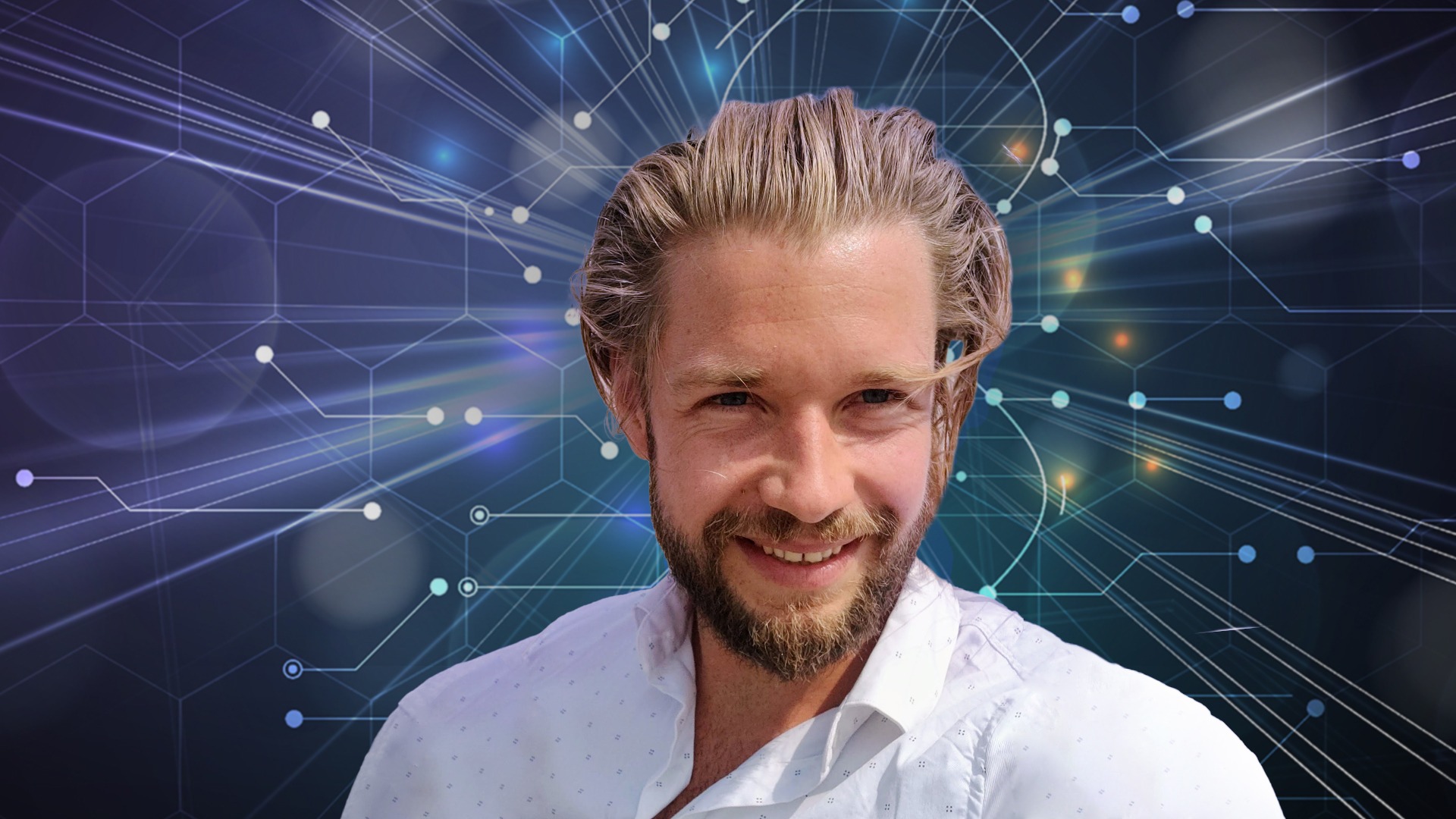New DDLS Fellow: Tom van der Valk
Get to know our latest DDLS Fellow, Tom van der Valk (NRM), in our latest Q&A style article. So far, eight DDLS Fellows have been recruited to the SciLifeLab & Wallenberg National Program for Data-Driven Life Science (DDLS) program, at Chalmers, Umeå University, Linköping University, Uppsala University, and The Swedish Museum of Natural History (NRM).
Tom studied in the Netherlands at Leiden University and Wageningen University, and received his Ph.D. at the Evolutionary Biology centre (EBC), Uppsala University. He will join the Evolution and biodiversity DDLS research area.
How do you think your expertise can contribute to the program?
During my academic career I have worked on ancient DNA as well as large scale genome assemblies. I believe there are opportunities to integrate the technological and algorithmic developments from these two research fields and hope my expertise can result in synergistic projects combining the two.
Shortly describe your research in an easy to understand way.
Just a few grams of lake water, sediments or soil can harbor the genetic information of thousands of organisms. The wealth of data contained in these samples can theoretically be utilized for a wide range of applications, including large-scale biodiversity monitoring, species detection or individual tracking through space and time. The research community has traditionally focused on analyzing such samples by looking at very small stretches of DNA that are unique for a focal set of species (metabarcoding). Such methods analyse a minute fraction of the total DNA in the sample and thus the accuracy and sensitivity of metabarcoding methods are far below the theoretical possibilities.
Within the last decade, sequencing costs, high performance computer clusters and genome reference databases have improved by orders of magnitude. It is now financially feasible to sequence nearly all of the DNA within a sample. Together with the rapidly expanding databases, my research aims to leverage most of the information contained within such samples by developing algorithms that can efficiently classify DNA to their species origin and use these algorithms to analyse different sample types, including ancient sediments to look at the presence and distribution of animals and plants over time.
How do you think the program and interactions with the other DDLS-Fellows will benefit you?
The DDLS Fellows come from diverse backgrounds, each with their own expertise. Often new technologies can be applied to many different use cases. Being part of the DDLS program allows me to stay in touch with the latest technological developments in data-drive life sciences and find ample opportunities to apply those to my own research as well as finding new applications for the tools we are developing.
Name one thing that people generally do not know about you.
I enjoy listening to techno music while coding, which helps me concentrating
Where do you see yourself in five years regarding the DDLS aspect?
I hope that by then the tools we developed will not only be used within academia but also applied to solve “real-world” problems.
In one word, describe how you feel about becoming a DDLS-Fellow.
Inspired!





